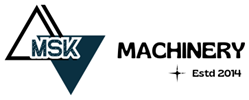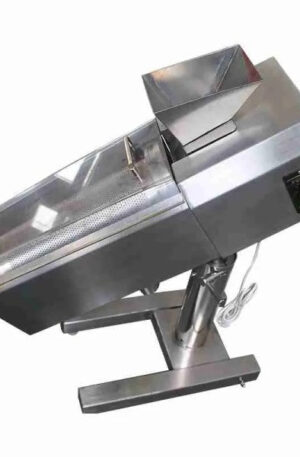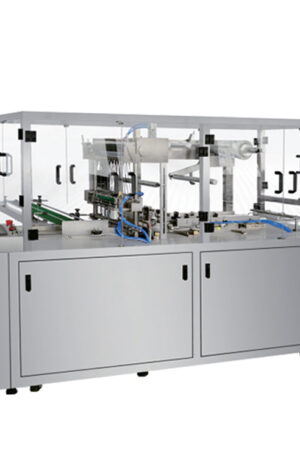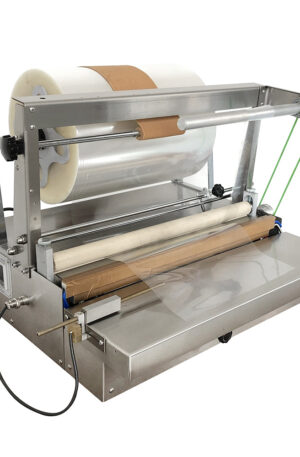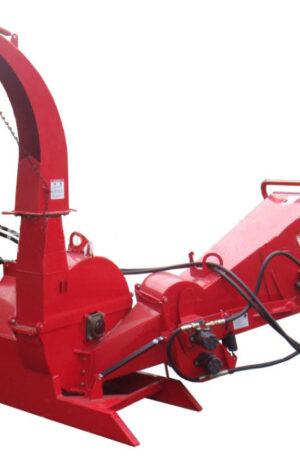Title: The Evolution of Pharmaceutical Machinery: Innovations Driving Drug Production
In the fast-paced world of pharmaceuticals, advancements in machinery have played a critical role in the efficiency, speed, and precision of drug production. Two key pieces of equipment, the table press machine (commonly known as TDP) and the capsule filling machine (known as THDP), have revolutionized the industry. This article will explore the evolution of pharmaceutical machinery, focusing on the development and impact of these essential tools.
The table press machine, or TDP, has been a staple in pharmaceutical manufacturing for decades. Its primary function is to compress powdered ingredients into tablets of uniform size and shape. The TDP operates by filling a die cavity with the powdered material and then applying pressure to form the tablet. Over the years, advancements in TDP technology have led to increased automation, higher production speeds, and improved tablet quality. Modern TDPs can produce thousands of tablets per hour, making them essential for large-scale drug manufacturing.
On the other hand, the capsule filling machine, or THDP, is designed to fill empty gelatin or vegetarian capsules with powdered or liquid medication. The THDP automates the process of filling and sealing capsules, ensuring accurate dosing and maximizing efficiency. Like the TDP, advancements in THDP technology have focused on increasing speed, precision, and ease of use. Modern THDPs can fill hundreds of capsules per minute, making them essential for producing a wide range of capsule medications.
The evolution of pharmaceutical machinery, particularly the TDP and THDP, has had a profound impact on drug production. These machines have enabled pharmaceutical companies to increase production capacity, improve product quality, and reduce manufacturing costs. Additionally, the automation and precision of modern TDPs and THDPs have enhanced safety and compliance with regulatory standards.
Looking to the future, the pharmaceutical machinery industry continues to innovate, with a focus on further automation, digital integration, and sustainability. Manufacturers are developing smart machines that can monitor and adjust production processes in real-time, increasing efficiency and reducing waste. Additionally, there is a growing emphasis on environmentally-friendly manufacturing practices, with the development of energy-efficient machinery and the use of biodegradable materials in equipment construction.
In conclusion, the evolution of pharmaceutical machinery, driven by innovations in equipment such as the TDP and THDP, has transformed drug production. These machines have revolutionized the industry by increasing efficiency, improving product quality, and enhancing safety. As the pharmaceutical machinery industry continues to advance, we can expect further breakthroughs that will shape the future of drug manufacturing.
